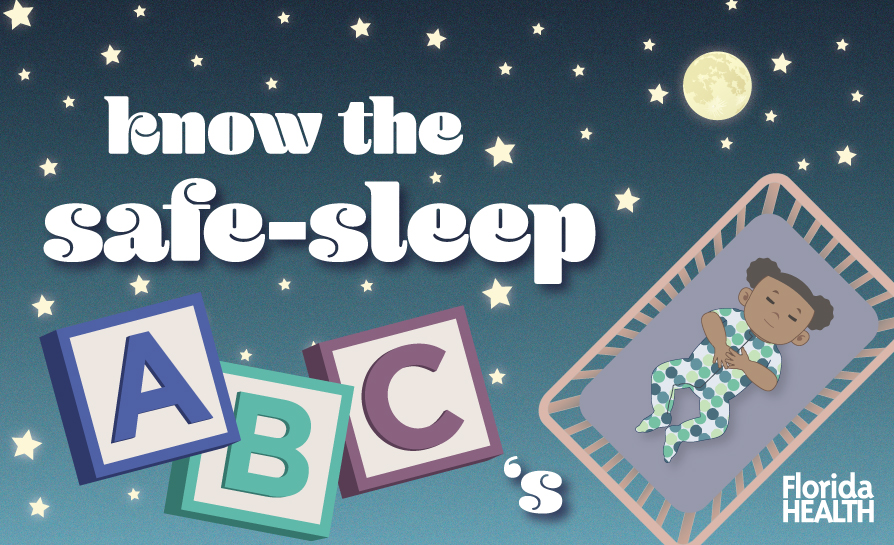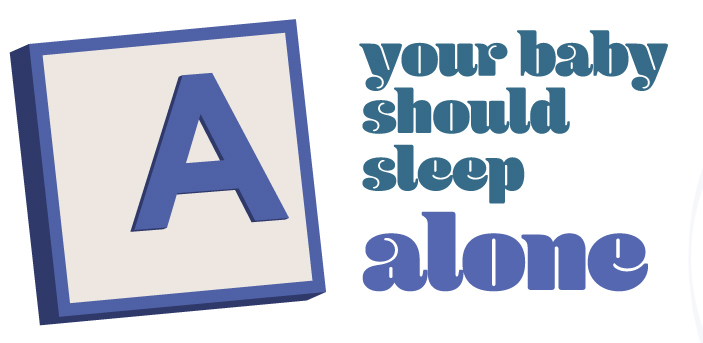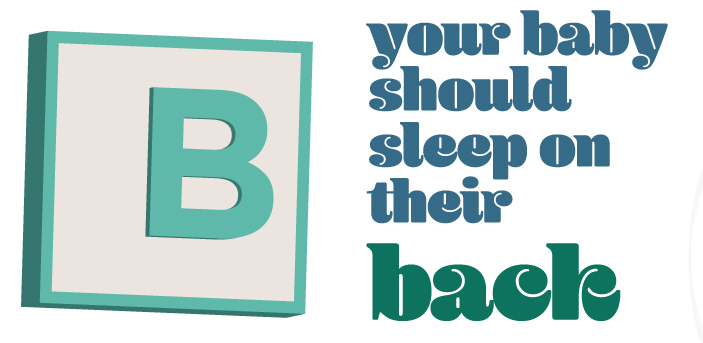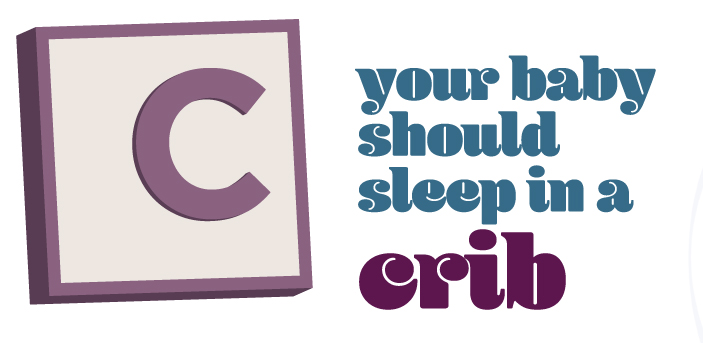It's a New Day in Public Health.
The Florida Department of Health works to protect, promote, and improve the health of all people in Florida through integrated state, county, and community efforts.
Learn the ABCs of Safe Sleep
February 02, 2024


Adult beds are dangerous for babies.
- Your baby can get trapped between the bed, wall, or bedframe, and be unable to breathe.
- They can suffocate when sleeping on soft surfaces, and smothered by blankets, comforters, and pillows.
- They can suffocate in bed when another child or adult rolls over or onto them.
- They can roll off the bed and be injured.
Put them in a baby-safe bed or a crib beside your bed. Your baby will know you’re nearby.

Reduce Sudden Infant Death Syndrome (SIDS) risks.
- Put your baby to bed on their back. Make sure to instruct anyone caring for your baby about baby-safe places for sleeping and that they must put your baby to sleep on their back.
- Schedule regular infant health check-ups and immunizations.
- If you’re able, breastfeed your baby. Breast milk is best because it has antibodies that protect your baby’s health.
- Start tummy-time soon after your baby is born as part of their supervised daily play. Tummy-time helps your baby develop and grow stronger.

Your baby is safest sleeping:
- On a firm mattress in a baby-safe crib approved by the U.S. Consumer Product Safety Commission.
- On crib sheets that fit tightly over the mattress.
- With no loose blankets, quilts, sheets, or comforters.
- With no pillows, soft toys, stuffed animals, or bumpers.
- Dressed in a sleeper appropriate for the room’s temperature. Don’t let your baby get overheated. Keep the room temperature comfortable for a lightly-clothed adult.
- In a smoke-free home.
Visit DOH’s Safe Sleep to learn more about safe sleep environments for infants.
For Media Inquiries
Newsroom
JavaScript must be enabled in your browser to display articles



Connect with DOH